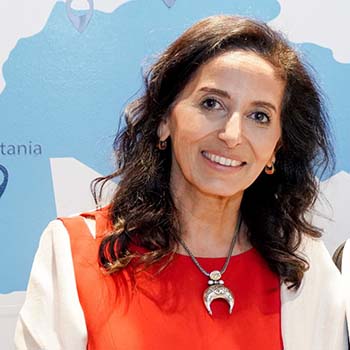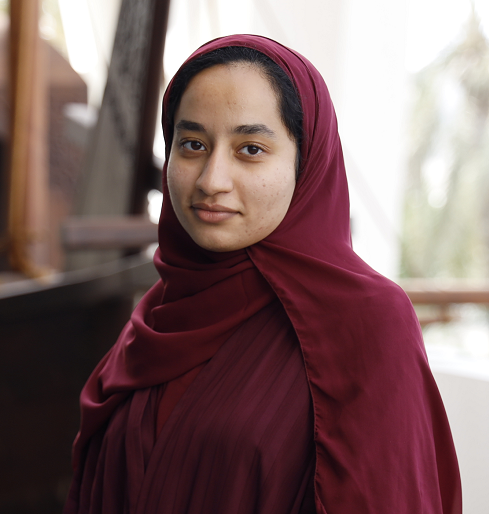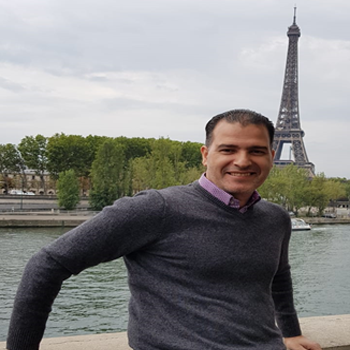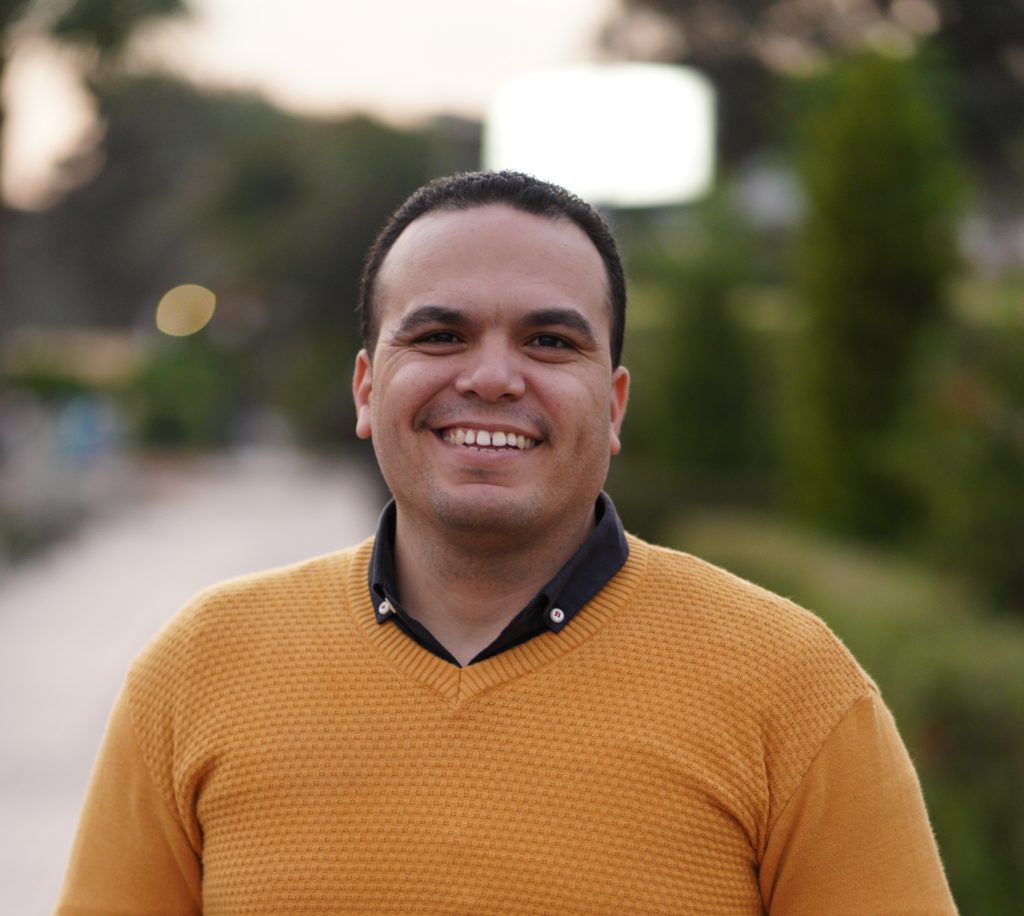Heritage Digitalization
The Research Council of Oman Ministry of Higher Education, Research and Innovation
A Few Words
About the project
Addressing the critical need for effective communication and sustainable management of World Heritage Sites, this research project aims to enhance visitors’ experiences and site management through Heritage Digitalization, trying to revolutionize the visitor experience at heritage sites through the implementation of cutting-edge technologies such as Virtual Tours, Augmented Reality (AR), and other advanced tools like laser scanning and 3D modeling. By leveraging these technologies, the project aims to enhance the pre-visit and post-visit stages, offering a comprehensive and immersive understanding of heritage sites. The incorporation of Virtual Tours is anticipated to inspire future visits, while Augmented Reality will provide customized digital information. Additionally, the utilization of laser scanning and 3D modeling aligns with innovative approaches for heritage preservation, communication, and interpretation. The overarching goal is to co-create a dynamic and engaging heritage experience, fostering appreciation, awareness, and sustainable interactions with cultural heritage.
Case study
World Heritage Sites in Oman: The case of Bahla fort (and Oasis)
The oasis of Bahla owes its prosperity to the BANU NEBHAN, the dominant tribe in the area from the 12th to the end of the 15th century.
The ruins of the immense fort, with its walls and towers of unbaked brick and its stone foundations, is a remarkable example of this type of fortification and attests to the power of BANU NEBHAN
Criterion ( iv ) recognizes Bahla as an outstanding example of defensive architectural ensemble that contributed to the prosperity of the dominant tribes in Oman during the late medieval period.
Bahla fort and Oasis stand as a thriving settlement, symbolizing the rich history and cultural heritage of the region.
In the context of this project, the focus on World Heritage Sites in Oman, particularly the case of Bahla Fort, entails the integration of advanced technologies such as Virtual Tours, Augmented Reality, and cutting-edge preservation methods like laser scanning and 3D modeling. The aim is to elevate the visitor experience, offering an immersive journey into the rich cultural and historical tapestry of Bahla Fort while ensuring its conservation and accessibility for present and future generations
.
Explore Bahla fort in VR
Promo video
Executive Teamwork

Prof. Heba Aziz
a UNESCO Chair Holder, brings expertise in sustainable development, culture, and heritage management, guiding impactful initiatives at the German University of Technology in Oman as the UNESCO Chair and Professor. As a World Heritage expert with a passion for cultural tourism, policy making, and capacity building, she's a strategist and innovator.

Ona Vileikis
Dr. Ona Vileikis is an architect and heritage consultant, with ample experience abroad. She has collaborated worldwide at governmental and local levels, UNESCO, ICCROM, ICESCO, WMF, IICAS, ICOMOS, and the private sector, regarding the UNESCO World Heritage Convention, inventories, digital heritage documentation, conservation and monitoring practices, and Heritage Impact Assessments. Dr. Vileikis holds a PhD in Civil Engineering, Raymond Lemaire International Centre for Conservation (RLICC) University of Leuven, and a MA in World Heritage Studies, BTU Cottbus-Senftenberg. She worked as researcher at UCL Institute of Archaeology, and Carleton University CIMS. At ICOMOS Ona is CIPA Heritage Documentation Secretary-General (2024-2027), SDG Working Group representative and was the Sydney 2023 ICOMOS General Assembly Scientific Symposium Co-chair. She is co-editor of the Journal of Cultural Heritage Management and Sustainable Development. Since 2010, Ona has been actively advisor to the UNESCO Silk Roads World Heritage nominations. Dr. Vileikis led the Bahla Fort Documentation project at GUTech.

Fatema Al Husainia
GUtech alumni with a bachelor degree in Applied Geosciences a year ago she joined the unesco chair an assistant researcher - her areas of interest is Geoparks and natural heritage.

Dr. Osman Barghouth
The Dean of the Faculty of Business and Economics at the German University of Technology in Oman. Dr. Osman is head of the scientific committee for the Opportunities for Heritage Conference. He earned a PhD in Innovation Management in 2011. Dr. Osman has published several research articles in top-tier Tourism and Hospitality Journals.

